In July, the European Commission published a proposal for a regulation on vehicle manufacturing and recycling. In a statement issued in September, Sitra supports the proposal. The main aims of the regulation are to make more efficient use of materials, use smart technology and data in the recycling process, and reform legislation and policies related to recycling.
The regulation is part of the European Green Deal, which aims to achieve a climate and environmentally friendly economy by the year 2050. From the perspective of the digital and green twin transition Digital and green twin transition A transition to digitalisation and the use of data in a way that promotes a carbon-neutral welfare society. Open term page Digital and green twin transition , improving vehicle recycling supports the goals of the Green Deal and promotes sustainable traffic.
New digital platform for recycling cars to be deployed in Finland early next year
Sitra is co-funding a new digital platform that uses data and artificial intelligence in the recycling process. The project started already in 2022 when Sitra commissioned a preliminary study about the future of car recycling.
For consumers, the platform will provide a clearer and easier digital pathway for recycling old cars. Consumers looking to scrap their vehicle will be able to use a single service to find the closest recycling point and see if it is possible to arrange for the car to be picked up.
The digital platform will not only make things easier for consumers. Data collected in the process will be able to be shared and used by recycling operators. Being able to monitor the recycling process in real-time will make it easier to manage and report on the process. The platform will also provide an internal marketplace for the industry to sell parts of recycled cars by managing the data of the parts using a single platform.
Questions and answers on the new digital car-recycling platform:
1. Why is it important to develop a digital recycling platform?
The digital platform tackles the challenges of car recycling and helps reduce the number of so-called “ghost cars”. These are vehicles that are removed from use outside official channels, but that remain in Traficom’s Transport Register. These cars end up in fields and backyards, get sold abroad illegally or on the grey market for scrapping. The authorities are unable to monitor the recycling conditions, safety and environmental friendliness of ghost cars.
Non-recycling of ghost cars is a significant problem. It is estimated that up to 20–30% of cars removed from use do not follow official channels to get crushed and recycled. This results in significant financial costs to society and environmental damage.
2. Finnish Car Recycling is developing a digital recycling platform. Where are we right now?
The project has progressed well and is according to plan. The first versions of the programming and user interfaces required by the platform are ready. The AI-based scrap car modelling tool is currently being built. Data permits for using official data are also progressing.
3. When will the platform be officially launched?
Production phase testing is intended to begin late this year and the platform is planned to be up and running in early 2024.
4. Finland has an extensive car recycling ecosystem. Who is involved in the platform project?
The technical implementation is being carried out together with Eurajoen Romu Ltd, Kajaanin Romu Ltd, Kuusakoski Ltd and Stena Recycling Ltd. In addition, Finnish Car Recycling has a network of nearly 300 take-back points that will use the platform.
The take-back points already use systems by the above-mentioned recycling operators. This will make the transition to the new platform smooth as no proprietary technological interfaces are needed. The platform will also benefit producers, meaning car importers, as well as public authorities, consumers and others, such as repair shops that work with recycled scrap cars.
5. How does the platform use data? Does it use AI?
The ultimate purpose of the platform is to make use of data accumulated in the recycling process. This will provide consumers with an easier, digital channel for recycling old cars while allowing data collected during the recycling process to be processed and shared between stakeholders.
The new platform will use AI from an early stage. For example, AI will help in the initial screening of cars brought in for recycling and in directing them to appropriate follow-up measures.
6. Such a car recycling platform does not yet exist elsewhere – could it become an export product for Finland?
It is possible. The platform project is unique within the EU and even globally. Finland can act as a pioneer and trendsetter in the EU in terms of how AI and data can be used to solve practical problems related to ELVs, as highlighted in the regulation. Other EU countries also want to tackle the same challenges. The aim is to bring more transparency to the industry by digitalising processes, thus benefitting official operators.
Questions and answers on the proposed EU regulation
1. How would the regulation proposed by the EU change car recycling in Finland?
The regulation will harmonise recycling practices in different countries. In the European context, Finland already has a system that works quite well. From the consumer’s perspective, recycling is currently relatively easy up to the scrapping stage. This shows that the upcoming stricter requirements have already been taken into account in the development of the current system.
But there is room for improvement. Tens of thousands of ELVs are taken off the road unofficially, while their details remain in the official register. There is no guarantee that these cars will be recycled appropriately. The regulation aims to deal with these shortcomings. It also emphasises the use of data. The introduction of the new service platform is a definite step towards more sustainable car recycling.
2. Will the proposed regulation help reduce the number of ghost cars?
The regulation aims to eradicate the problem of ghost cars. National legislation should put more emphasis on procedures for ensuring that all cars to be scrapped are handled via the official systems. This could mean abolishing or changing temporary registration so that non-compliance with requirements would result in heftier penalties. Digitalising all processes involving scrap cars would also help reveal shortcomings and eliminate unofficial and grey operations from the market.
3. The regulation highlights the need for co-operation between different countries – what does this mean in practice?
On a practical level, co-operation between different countries would mean the smooth exchange and analysis of data. Systems need to be created for the cross-border exchange of data to better monitor the undesired and illegal movement of goods – in this case scrap cars.
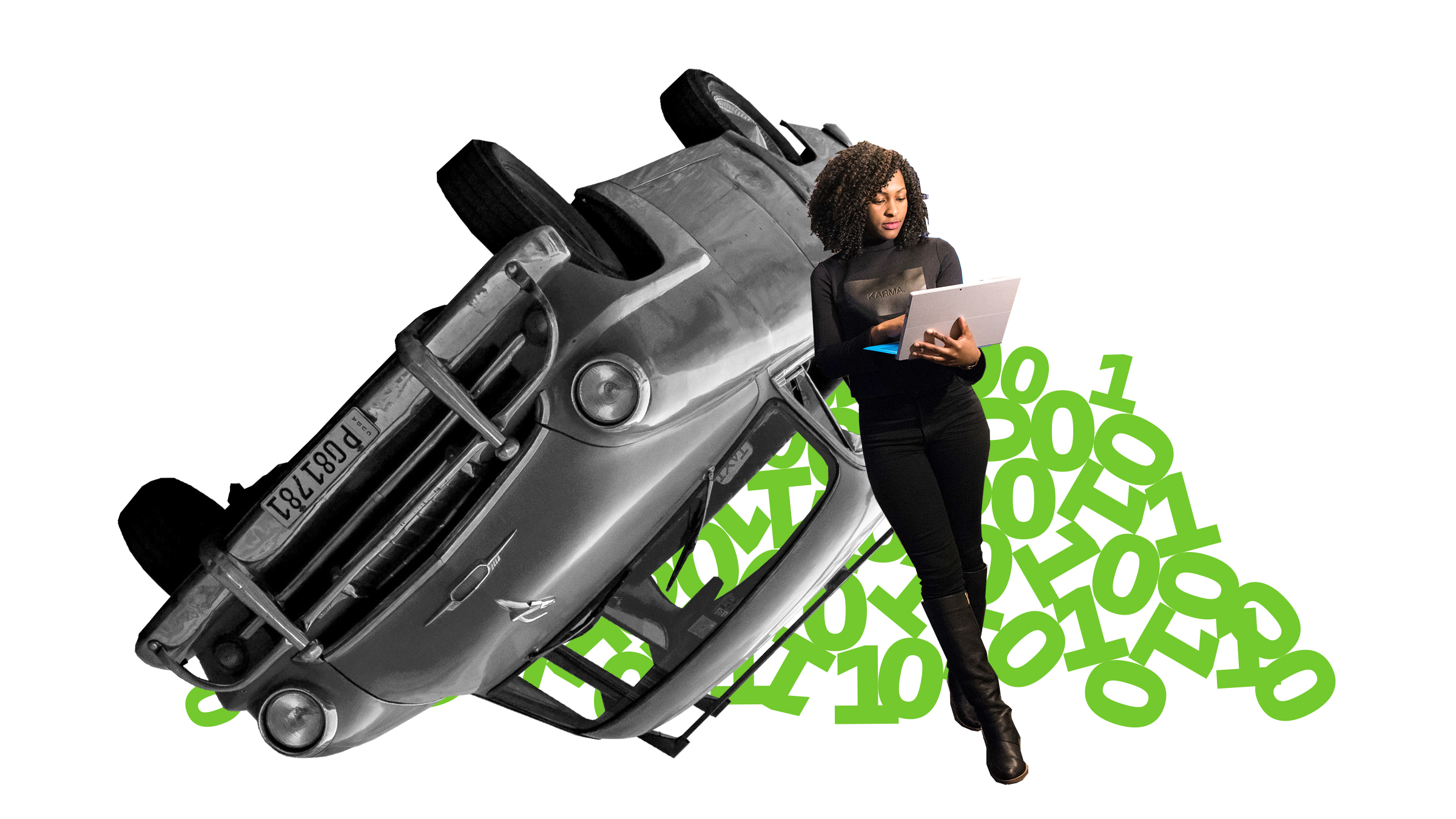




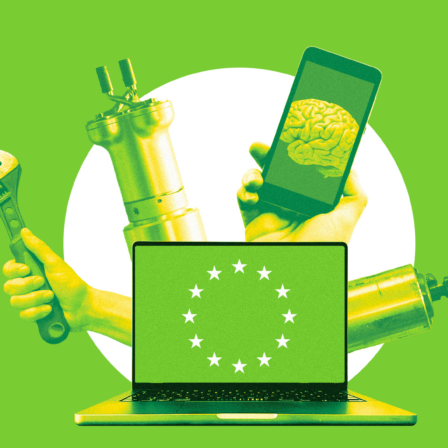
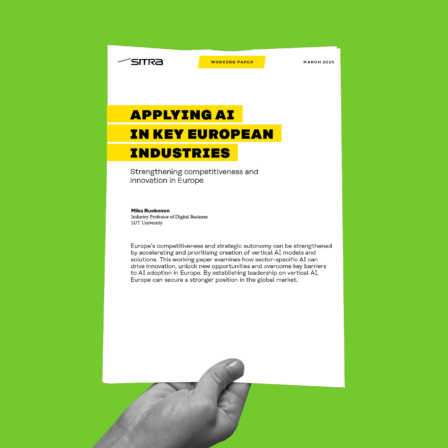
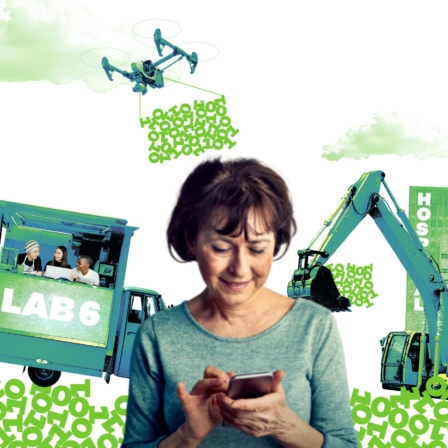

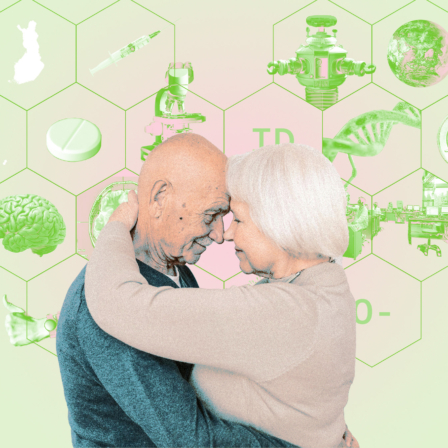
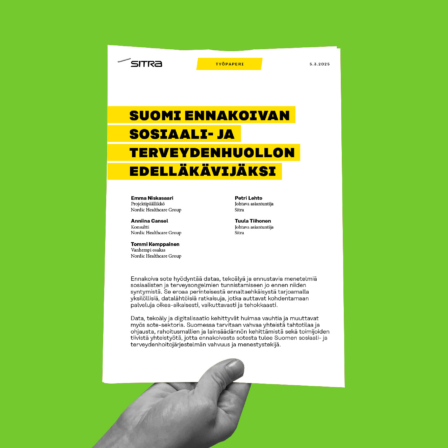



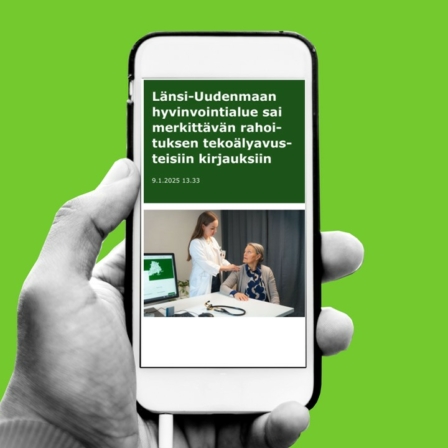


Recommended
Have some more.